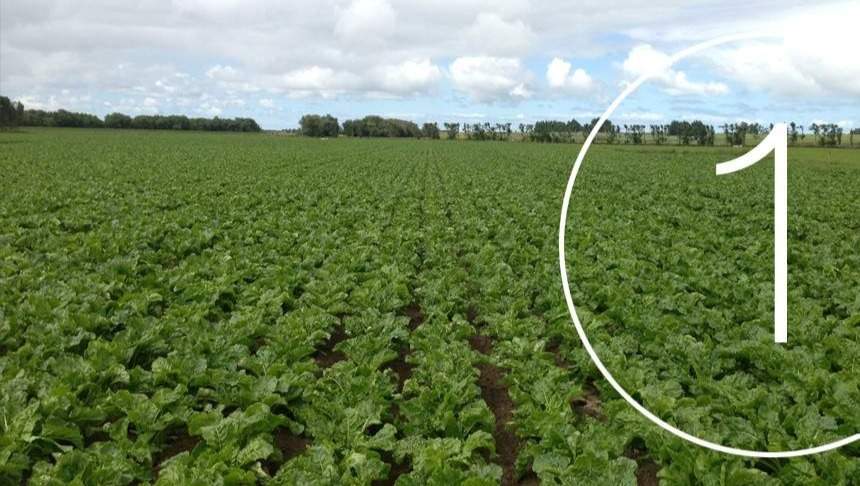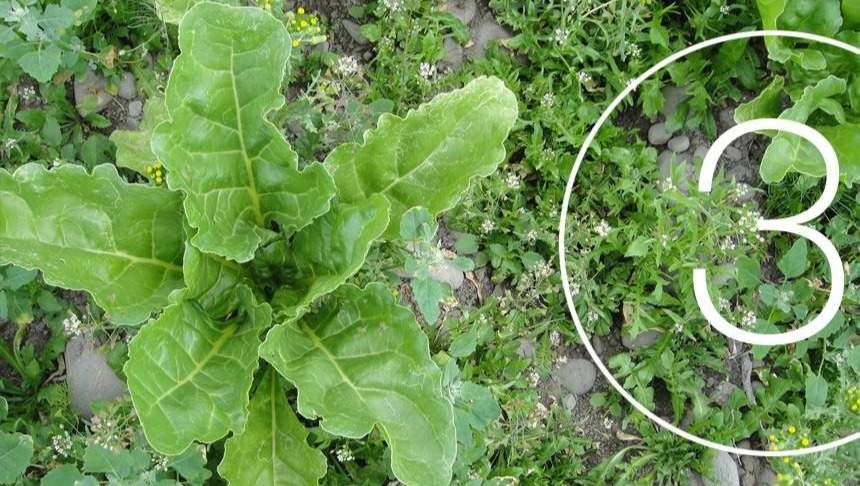- Home
- Crops
- Forage
- Fodder Beet
- Beet Solutions
- Disease control and maximising yields

Disease control and maximising yields
Maintaining leaf quality and retaining green leaf area, maximises the nutritional value of beet crops. While the bulbs provide an important source of carbohydrate, the crop leaves deliver a valuable source of protein. Apart from being unsightly, foliar diseases will reduce the palatability of leaves and reduce yields
Disease identification in beet

Cercospora
Cercospora beticola
Favoured by wet and humid seasons, Cercospora leaf spot (Cercospora beticola) is the most economically damaging disease of beet crops.
Epidemics can cause the complete loss of crop leaves and dramatically reduce yields.
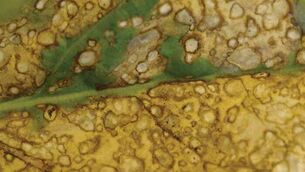
Ramularia Leaf Spot - Beet
Ramularia beticola
Severe infestations of Ramularia leaf spot (Ramularia beticola) can cause significant defoliation in beet crops. It is first seen as light brown
angular spots with dark-brown to reddish margins. Infected leaves turn yellow and die.
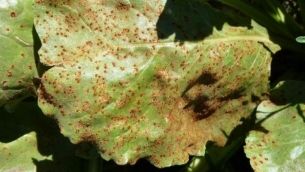
Beet Rust
Uromyces beticola
Favoured in cool and wet seasons, Beet rust (Uromyces beticola) is commonly seen in beet crops. Characteristic symptoms are raised red pustules on leaves. Severe infestations can lead to leaf loss and reduce yields.
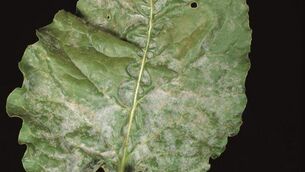
Powdery Mildew - Beet
Erysiphe betae
Powdery mildew (Erysiphe betae) is commonly seen in New Zealand beet crops as greyish-white mycelium on leaves. Favoured by hot weather,
severe attacks can significantly reduce yields and feed value of fodder beet crops.





